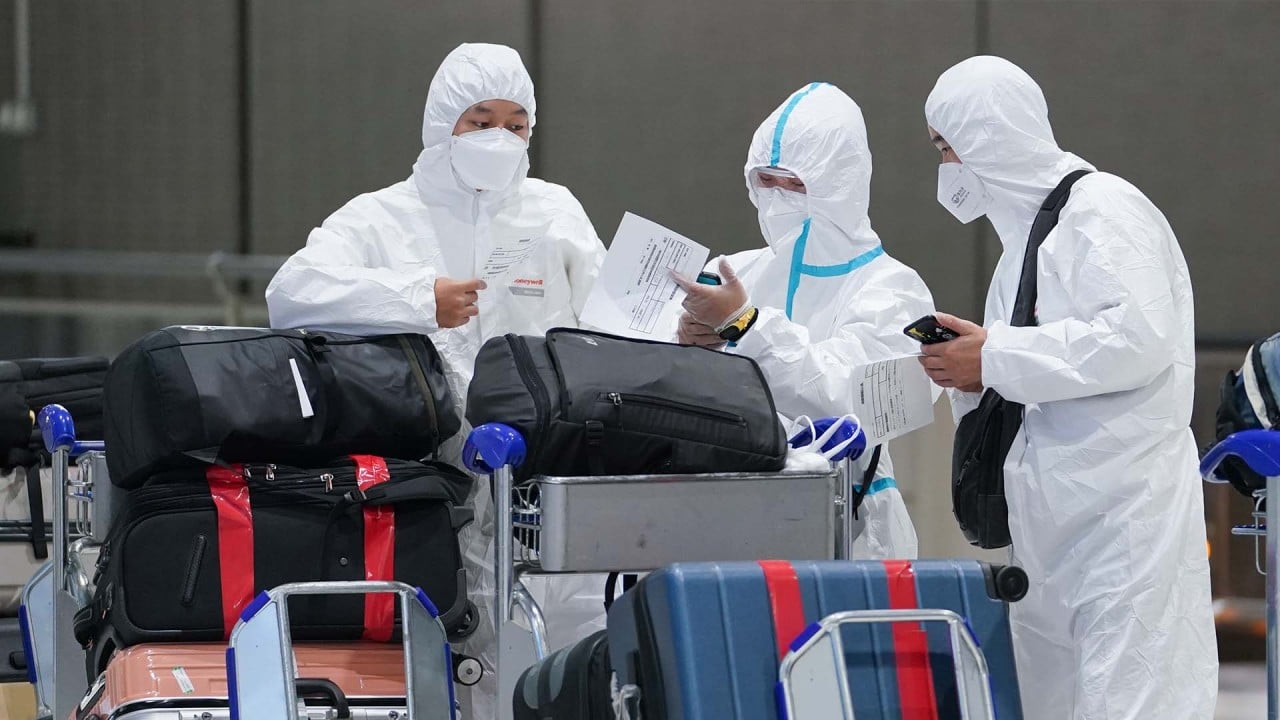
Federal Reserve hawks will push for faster tapering, interest rate rises despite Omicron
- Amid a warming US economy and growing inflation, Fed hawks will push for rate rises to start as soon as mid-2022 at the next key meeting. But how much the Fed allows tapering to quicken will depend on Omicron risks
A group of hawks is called a kettle. A kettle is often formed when hawks take advantage of warm thermal updrafts to climb higher into the sky. This is remarkably similar to the hawkish Fed committee members who are using the warming US economy and high inflation rates to rise above their fellow committee members in calling for a change to the interest rate outlook.
This makes sense as the Fed is unlikely to raise interest rates while still buying bonds, so would need to wrap up its latest quantitative easing programme sooner. Somewhat at odds with this has been the Fed’s stance that bond buying is separate from the path of policy rates, but clearly there is a sequence that must be followed of stimulus tapering then monetary tightening.
This signalling effect is much greater than in any actual change to bond purchases. During the tapering process, the Fed is still pumping liquidity into the market but at a decreasing rate. For example, if the current tapering is doubled to US$30 billion per month starting in January, then the total value of US Treasuries and mortgage-backed securities that the Fed bought during the taper process would drop by US$135 billion. This may seem like a lot but isn’t when compared to the Fed’s total balance sheet of US$8 trillion.
The December 14-15 meeting is also one of the four meetings a year when the Fed releases its economic projections for the US economy as well as the so-called dot plot, a chart that shows when each committee member expects the central bank to change interest rates. The September dot plot showed that half the committee members were already forecasting at least one rate increase in 2022, and this number is only likely to increase at the coming meeting.
US Federal Reserve must raise interest rates before it is too late
Getting in one interest rate increase by the end of next year is entirely plausible given the Fed is on track to fulfil both its inflation and full employment mandates. One interest rate increase is also in line with the gradual normalisation process that central banks are leaning into and the willingness to be behind the curve when it comes to the economy.
Two or more interest rate increases would be a departure from this well-used narrative and markets may have trouble digesting it if it raised fears that a more aggressive normalisation path could derail the positive economic growth story.
The Fed’s history of interest rate increase cycles shows that the market is often more aggressive in calling for the start and in predicting how fast rates will go up. This time is unlikely to be different.
While the momentum in the US economy and elevated rate of inflation could be used to justify a quicker return to a more neutral policy stance, the potential for Covid-19 to interrupt the recovery remains. The degree to which the Fed decides to quicken the pace of the taper is likely to depend on the risk assessment of health officials on the Omicron variant and the Fed’s take on any negative impact on the growth outlook. The Fed hawks may continue to ride the inflation thermals higher.
Kerry Craig is a global market strategist at JP Morgan Asset Management


